Cat Chapman is an Auckland freelance illustrator, having discovered her skills whilst doing a course in picture-book illustration with Sandra Morris. Her illustrations have a relaxed, friendly feel, with welcoming characters you might recognise, places you might go.
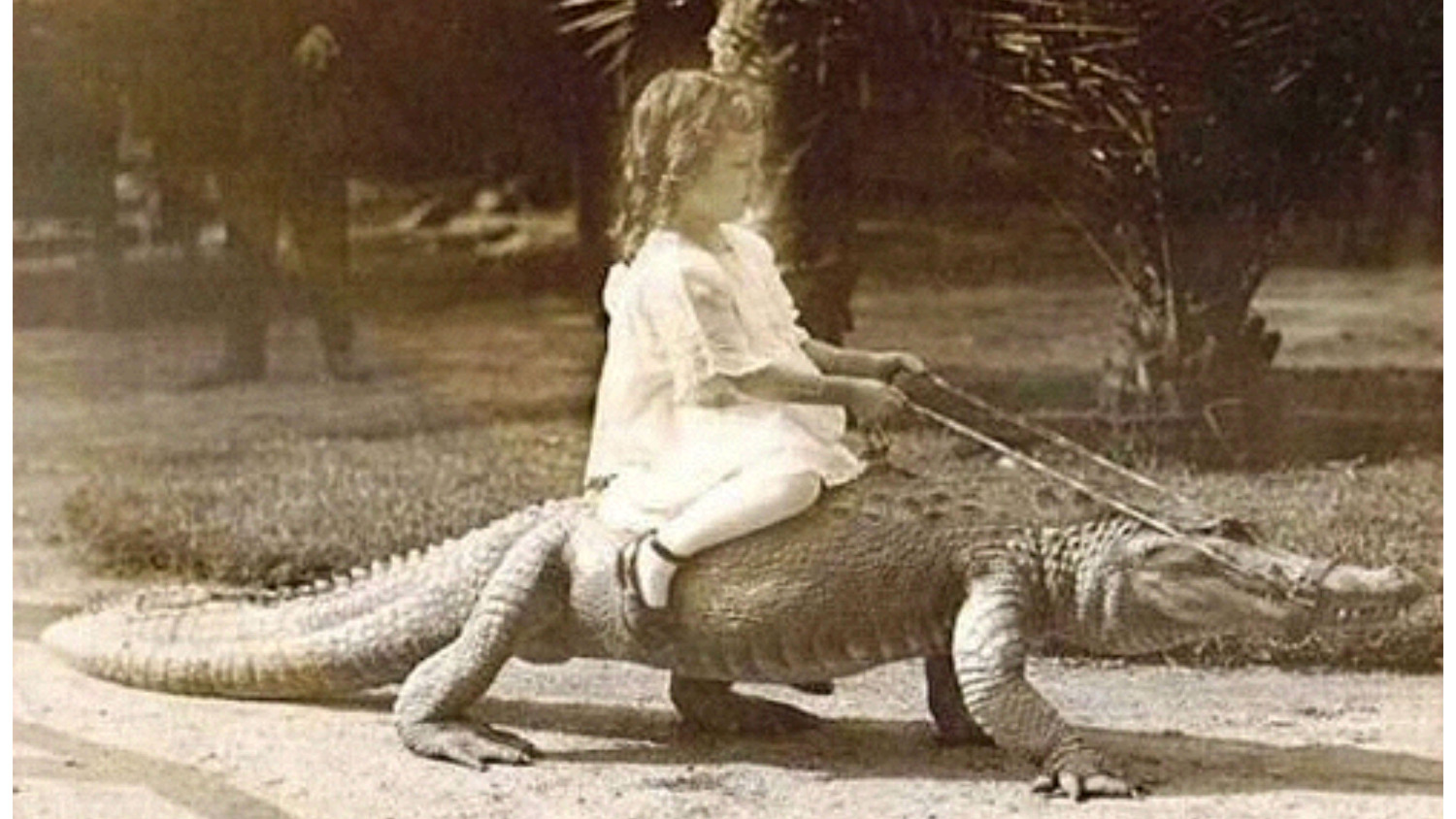
She has illustrated chapter books and picture books. Her most recent publication was The Best Mum in the World, written by Pat Chapman (no relation) for Upstart Books, a companion to The Best Dad in the World. Cat is now represented by Sandra’s agency. Crissi Blair talks to her about her career.
Tell us what sort of a child you were. Did art and books play a big part in your growing up?
I was the youngest of three kids, growing up on a farm in the Waikato. We were largely left to get on with doing whatever kept us busy, which suited me perfectly. I don’t remember having lots of picture books, but we did have an out-of-date A-Z Encyclopaedia Britannica set, which I spent hours pawing through. My favourite part was the section on human anatomy where the transparency paper pages each added an illustrated layer to the body starting from the bones, the organs, the muscles then the skin – it was so creepy, I loved it!
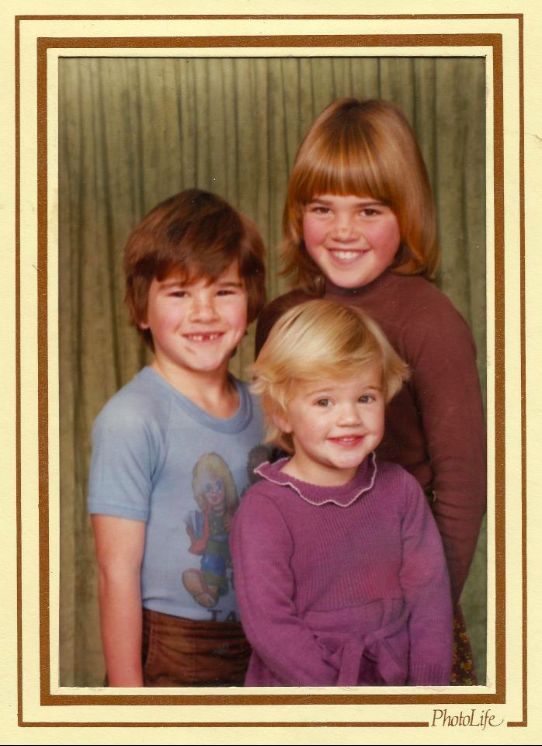
Both my Mum and Dad’s families are very arty and creative. Granddad was talented at sketching and portraits, and Mum drew a lot of funny cartoons. I’ve always loved drawing and in our tiny primary school I would probably have been known as ‘the kid who was good at drawing’.
Did you train as an illustrator? What was your path to first being published?
I have a Bachelor of Design degree, majoring in photography. Photography gets you thinking about compositions, textures, and light and dark areas, which is all relevant to illustration. It wasn’t until after I had my first son many years later that I enrolled in a series of evening workshops on children’s book illustration. Sandra Morris was the tutor, and her enthusiasm for picture books was infectious. Fortunately, after completing the two courses, she invited me to join her agency and I was then offered my first book from Walker Books. I have been illustrating ever since.
Do you have favourite media to use in your work?
I like ink and a dip pen. As frustrating as it is, you learn to let go and move on from mistakes – something I don’t do when I’m illustrating on a tablet. I started using liquid acrylics last year, which look and act like watercolour, but are faster drying and more vivid. I think they better suit my style of working – impatient and messy!
What is your process when working on a book? Perhaps you could use a favourite as an example.
The publisher decides on a story, which they send to me if they think my style is a good fit. If I get ideas for pages and characters after the first couple of read-throughs, then I know it will be a good book to illustrate.
Firstly, I jot notes over the story, circling words that stand out, that can help me build the characters and settings. I then spend time researching. For example, with The Mystery Box and Finnigan Flynn, written by Lucy Davey, a lot of animals come flying out of a box. The story includes a pair of toe-nibbling crocs, so I’ll spend some time Google-image searching crocodiles (image at top), as well as investigating the difference between crocs and alligators, how many toes do they have, do they prefer chicken over human etc. Then I’ll do a few realistic drawings, getting an idea of their proportions and where all the bits go.
My favourite part of the process is turning them into the characters – giving them big or small eyes, and playing with their expressions and body language.
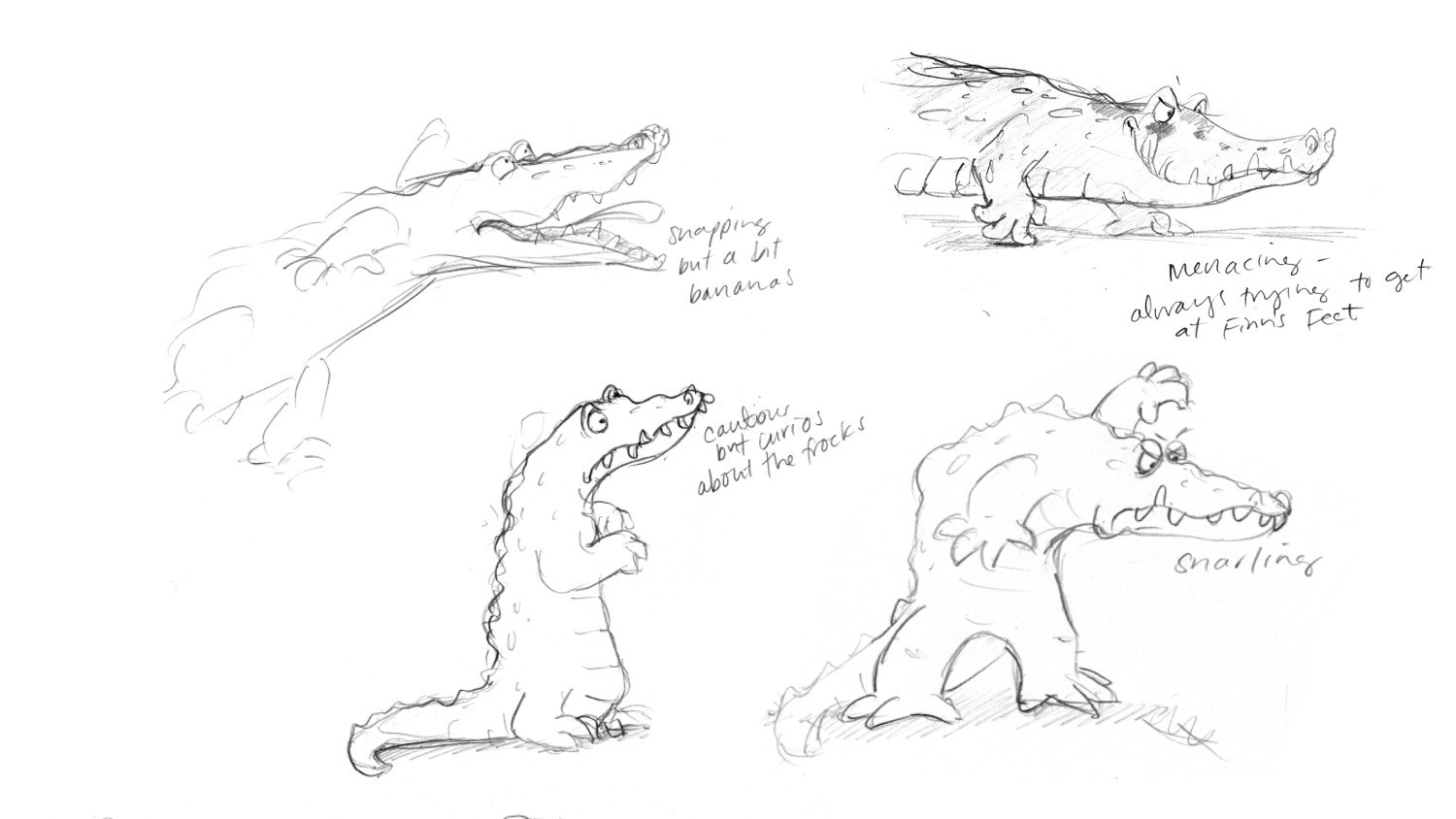
I send off some scans to my editor and get feedback on whether the crocodiles are allowed to wear tailcoats or not. In this instance it was a no, as later in the story the crocs need to put on frocks, which poses continuity issues around them getting undressed and then dressed again.
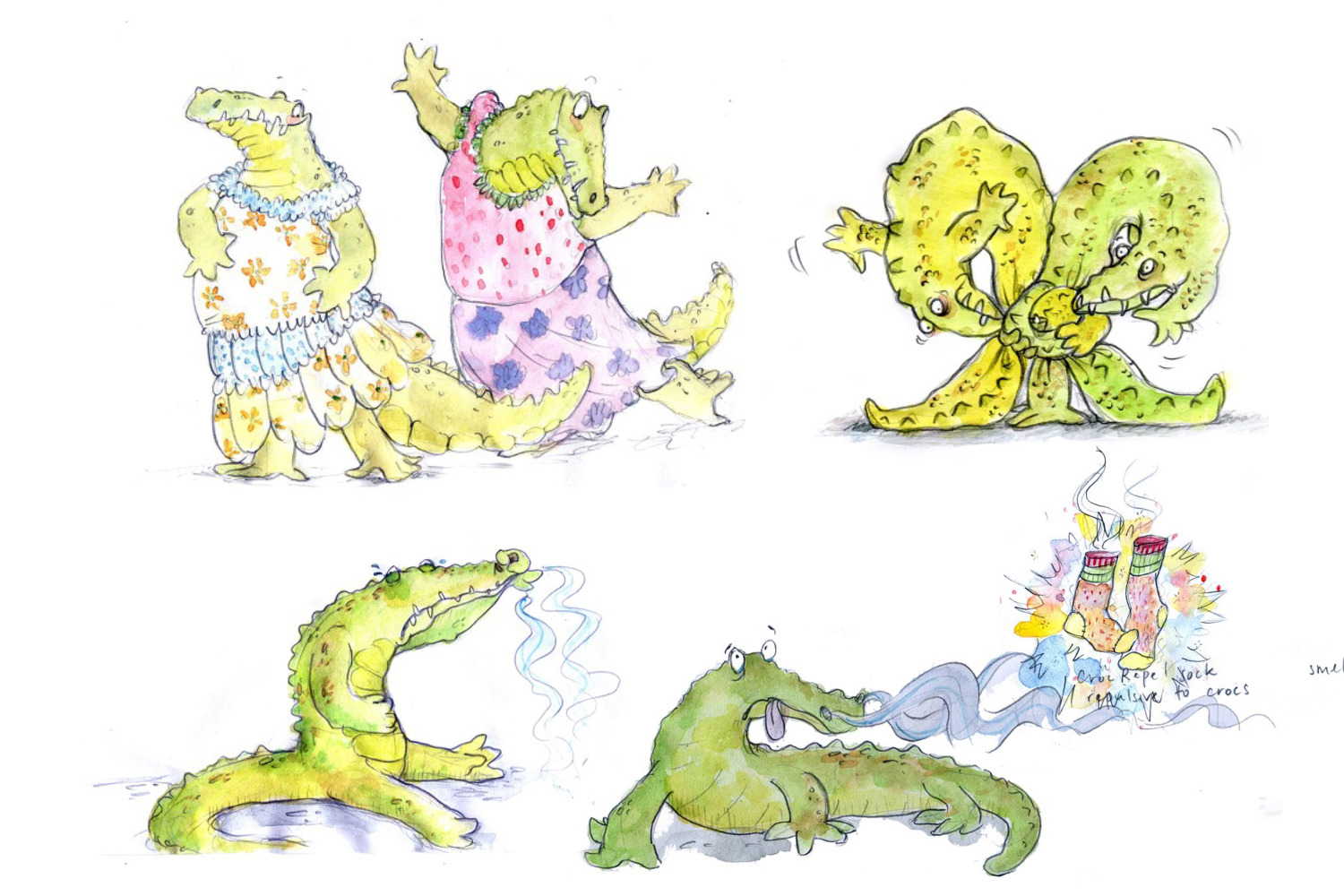
Once the main characters are decided, I map out a rough storyboard of how the book will flow page to page through the story, which is then drawn full size in pencil. I usually start with my favourite page first, and make my way through the pages until I get to the one set of pages that just doesn’t come easily. Most illustrators can tell you the double-page-spread in each of their books that was a struggle.
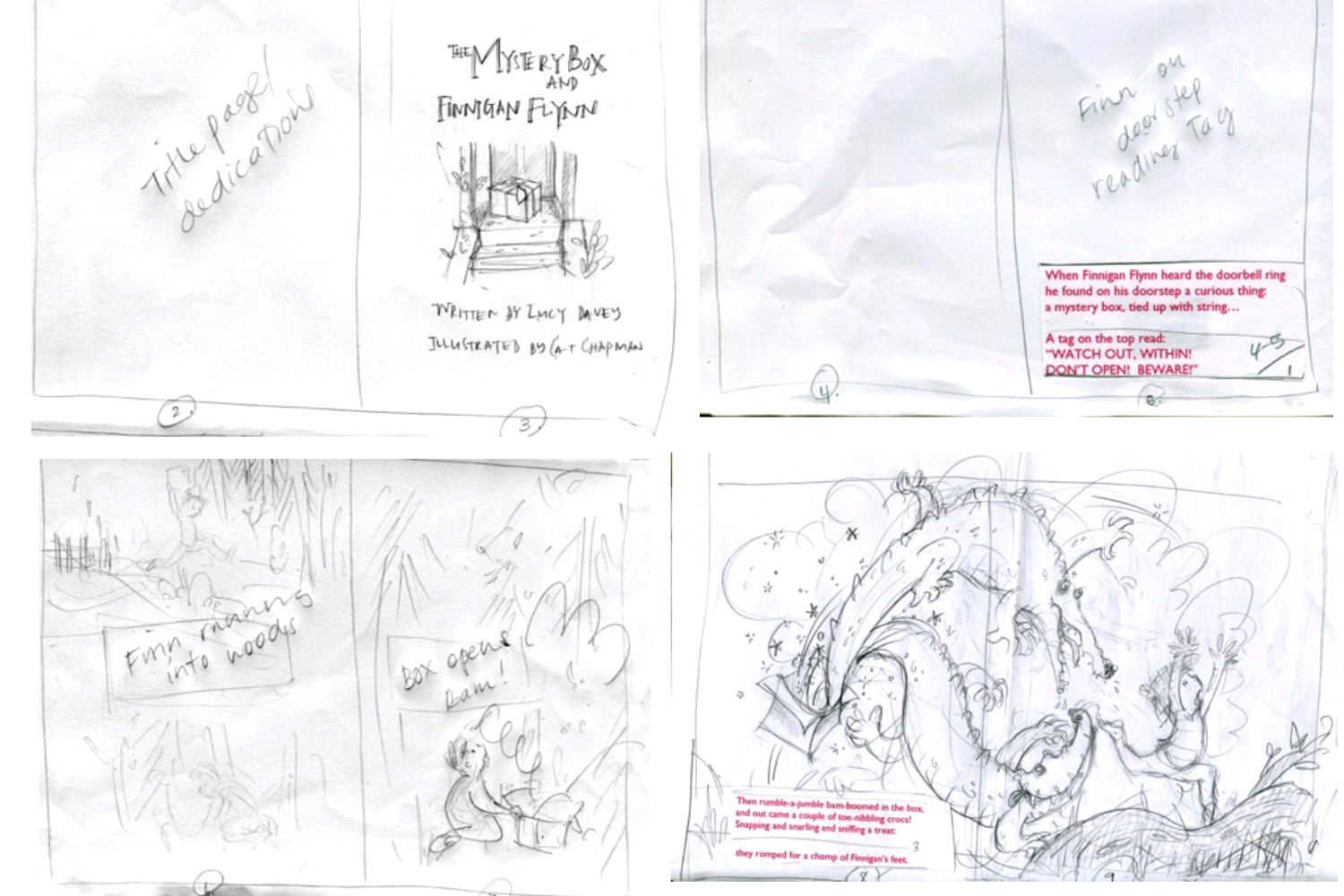
The book roughs are sent to the editor once again, and lots of little sticky notes are digitally attached to the scans and sent back with the changes, revisions and comments.
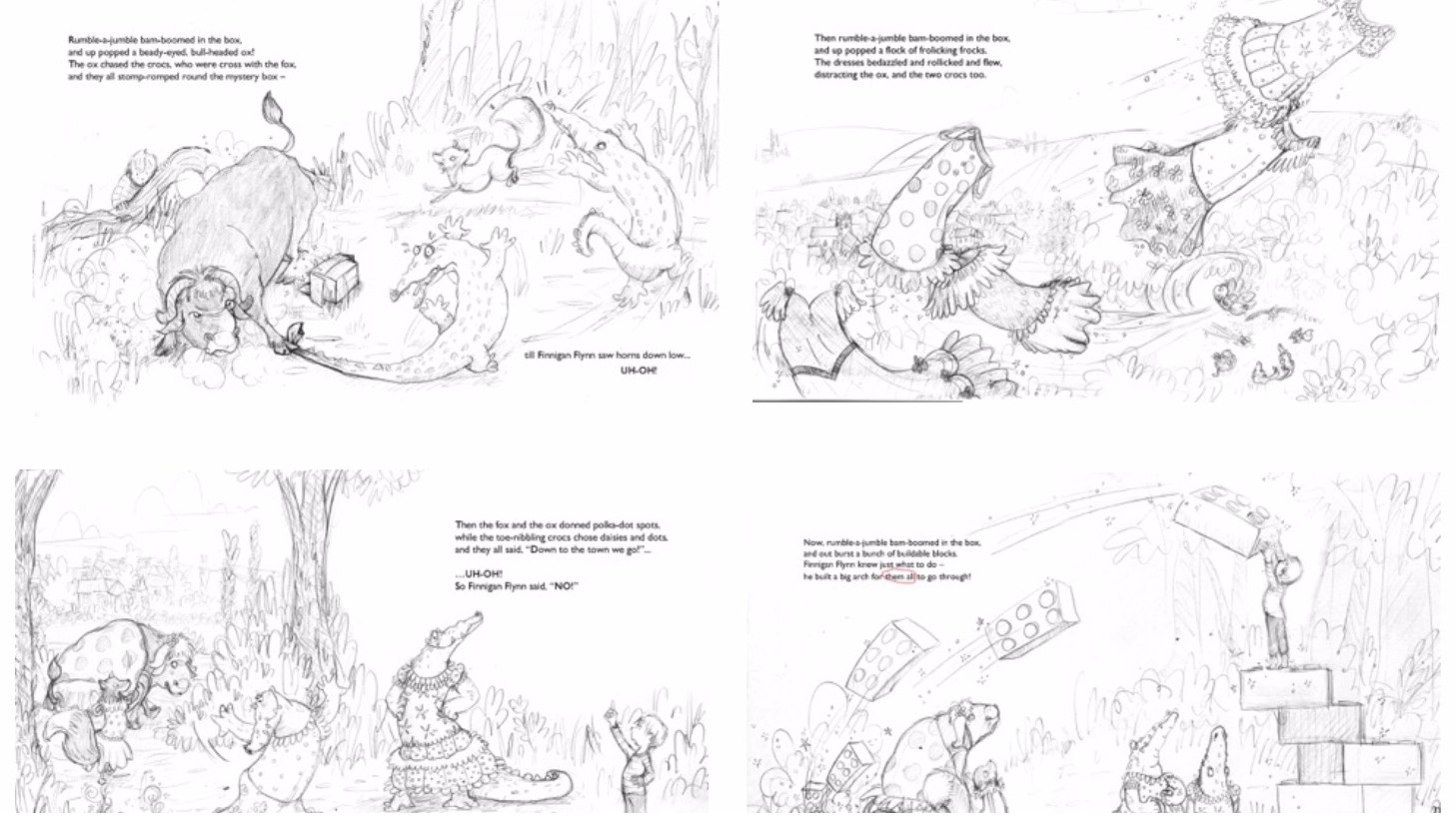
The pages are re-drawn, and sent back to the editor, and then at some magical stage you are given the go-ahead to start the final artwork! The next stage gets easier, as you have done all the hard work and planning in the roughs. For me, it’s a matter of reproducing my roughs on beautiful (expensive) paper, and colouring in.
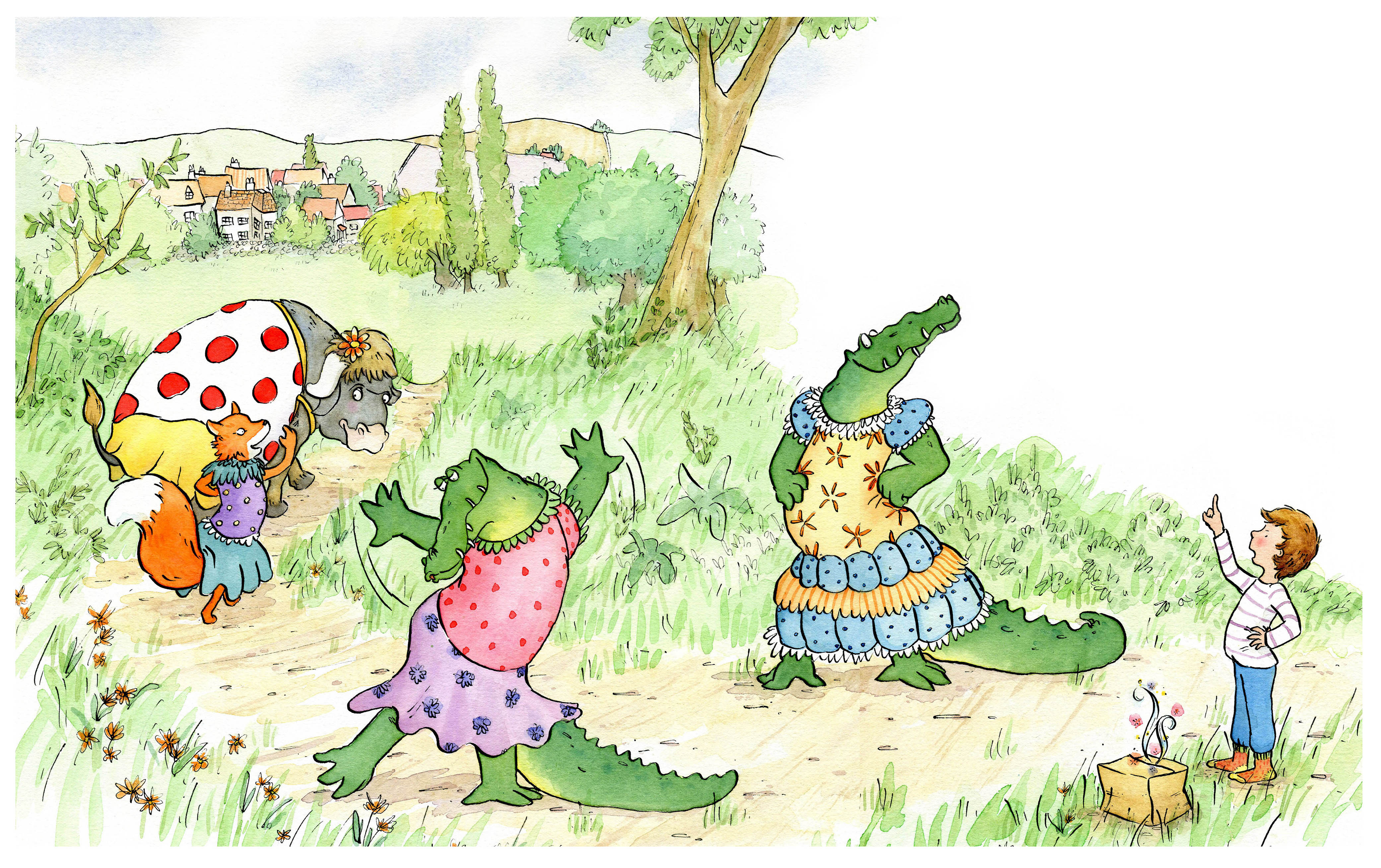
If all goes to plan, then a few months later I will have produced 32 pages of artwork that will be scanned and turned into a picture book. Then up to another year later, the courier will deliver a beautiful ‘real’ book to your door, and your book is finally finished!
How do you fit your work in with a busy family life? Do you have a routine? A special work place?
I have two boys, and two days a week when both are at school and daycare. On those days, if I am mid-project, I’m that mother, lovingly tossing their children out of the car at their schools and racing off. I have a coffee then a tea chaser and am in the studio by 9.30am. I work through until school pick-up, which can be stretched to 3.05pm if my alarm hasn’t gone off to remind me to stop work. My mother-in-law is also an amazing help. looking after my pre-schooler, giving me valuable extra studio time. Since having kids, I am far more productive with the time that I do have, but I still always feel rushed with my work.
At the back of our property, Tim and I have converted our garage into a studio that we share. His half is dark, dry and very tidy to accommodate his electronic and music equipment. My half is sunny, messy and has a delicately balanced arrangement of jars of water, paints and old cups of tea all over the desk. We survive in near perfect harmony.
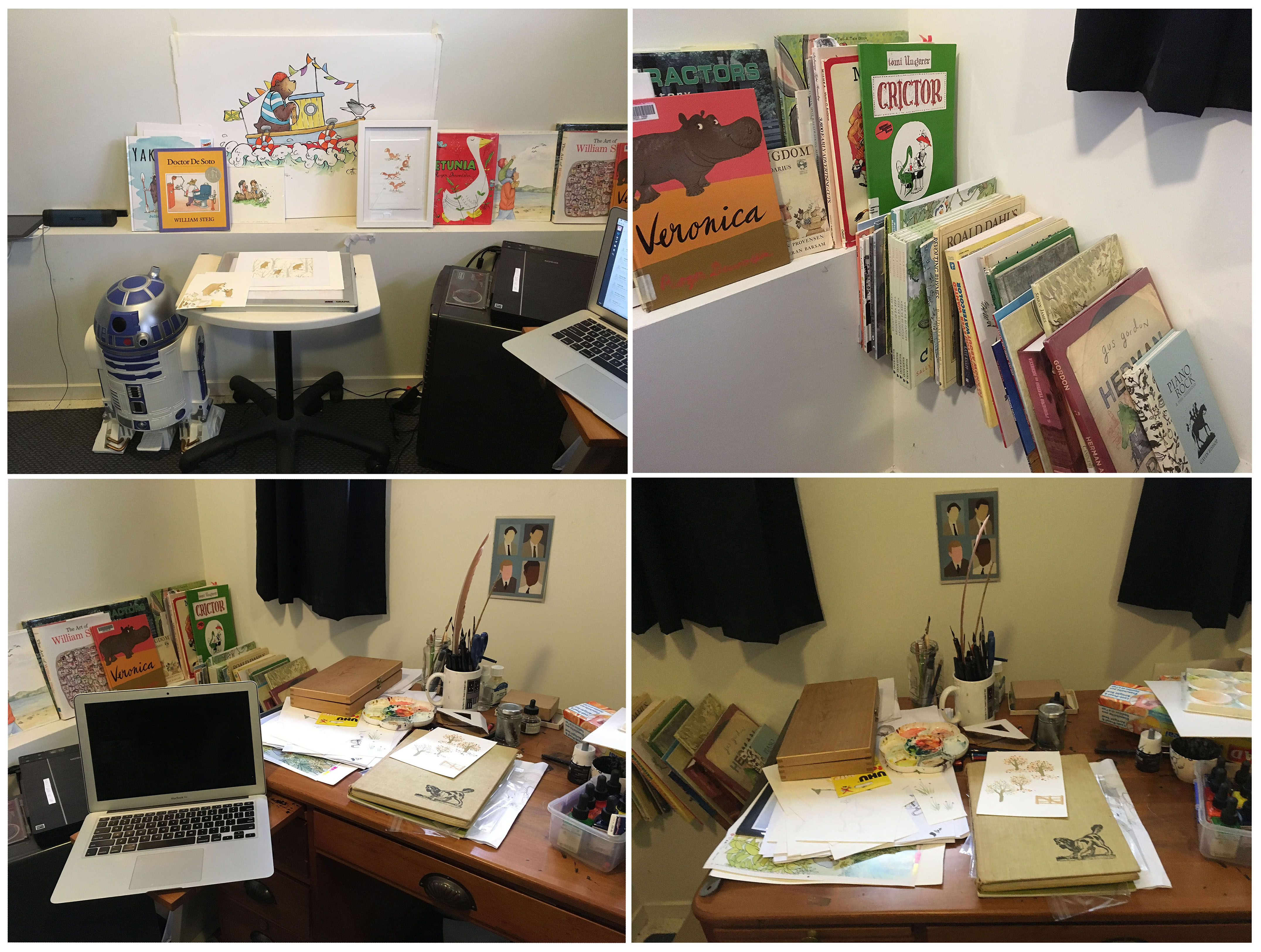
Do you like quiet or music, and if the latter what would be on your playlist?
I always have music playing while I work. It has to be a reliable station or playlist however, as I can’t stop to change the channel once I’m in the middle of a painting. Usually, I’ll stream shows from stations that play a lot of soul, funk and R’n’B that I like to work to. If Radio NZ has interesting interviews or children’s book reviews, I’ll bookmark them to listen to while working. If I need to get cracking on a job, however, I’ll listen to one of my ’90s electro playlists to try to boost the productivity rate!
What will we see next from you?
I have a fair amount of commercial illustration work on at the moment, which is a good change of pace due to the shorter delivery times. Illustrating a picture book is a huge commitment, time-wise – I spend up to six months on each book. I am also in the process of building a new website which will have a selection of prints and postcards available to buy.
I have been tinkering with writing my own story for the first time. I find it hard (and a bit boring) to articulate the story I have in my head, so tend to present ideas to my editor in an illustrated storyboard format with little speech bubbles all over it. I keep changing the ending however, so it’s currently having a wee holiday in the bottom drawer until I have another brainwave.
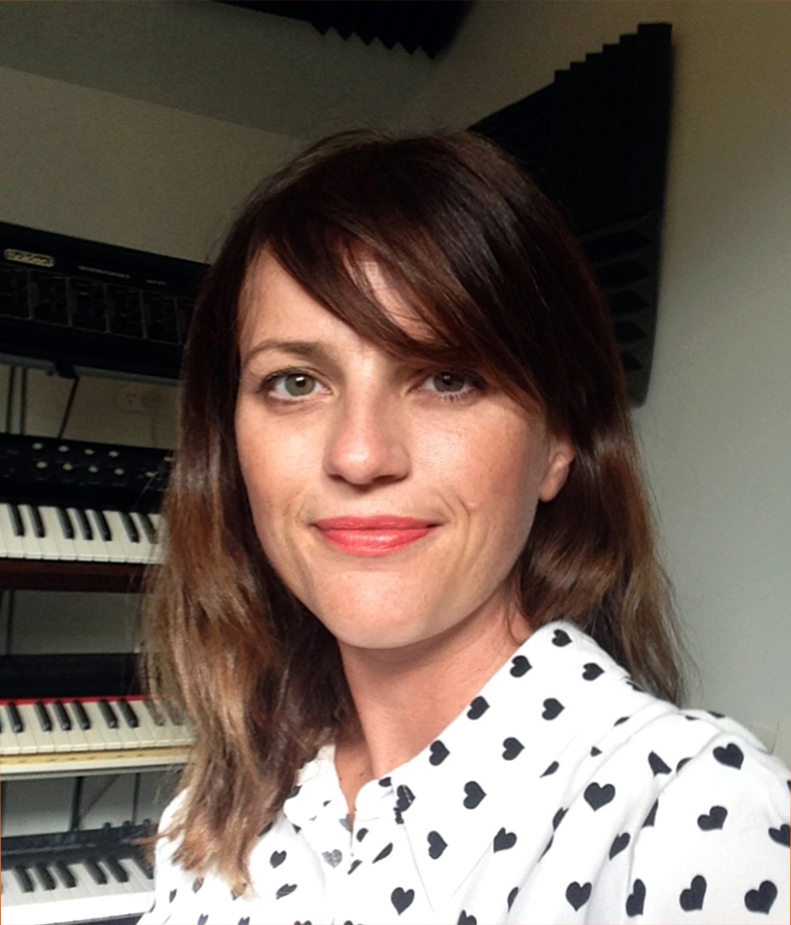
Do you have illustrators or artists who give you inspiration?
Yes! I have many illustrators that I love and refer to when I’m stuck and need inspiration. A few of my favourites are William Steig, Tomi Ungerer, Quentin Blake, Roger Devoisin, and my comic book heroes Robert Crumb and Daniel Clowes. They all have a kind of a recklessness about their style and content, as well as humour, which is what I am drawn to.
Do you have a dream publishing project you’d love to be able to do?
Maybe recreating the transparent anatomy pages from the encyclopaedia I loved as a kid, but as a children’s book showing the layers inside different animals, machines, school bags with all sorts of ridiculous things inside. My mum’s dog just ate my son’s saxophone-cleaning sponge which has a very long string attached. That would be funny to draw like an x-ray.
Otherwise, it would be amazing if I could decide on the perfect ending to my half-written/illustrated story, and publish my first written and illustrated book. Now that would be awesome!
Bibliography
Losing Turtle, written by Adrienne Frater (Walker Books, 2011)
Little Witch, written by Juliette MacIver (Walker Books, 2012)
The Frog Who Lost His Underpants, written by Juliette MacIver (Walker Books, 2013)
Yak and Gnu, written by Juliette MacIver (Walker Books, 2015). A Storylines Notable Picture Book 2016
The Mystery Box and Finnigan Flynn, written by Lucy Davey (Scholastic, 2016)
When We Go Camping, written by Sally Sutton (Walker Books, 2016)
The Best Dad in the World, written by Patricia Chapman (Upstart Press, 2016) A Storylines Notable Picture Book 2017
The Best Mum in the World, written by Patricia Chapman (Upstart Press, 2017)
Crissi Blair
Crissi Blair has worked in libraries for the last five years, but been in the world of books for children for much longer, as compiler ofNew Zealand Children's Books in Printfor eight years, manager of the Storylines Festival for three years, and as a reviewer and writer in the arena of children's books for nearly 20 years. She currently works at Rangeview Intermediate School where she wrangles both reluctant and enthusiastic readers, and their community, in her ever-evolving library.



